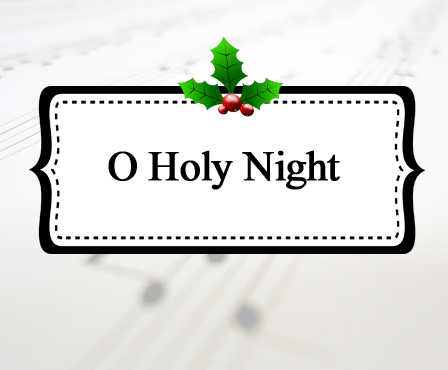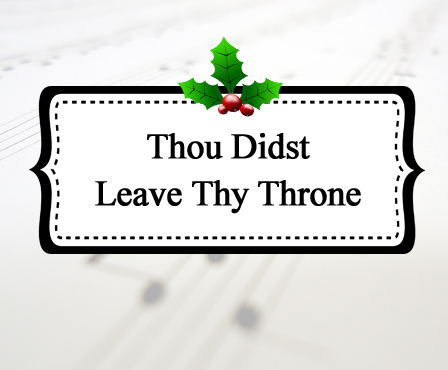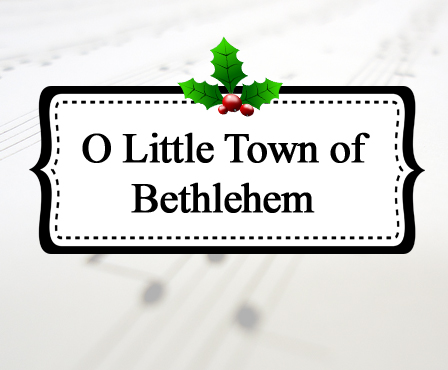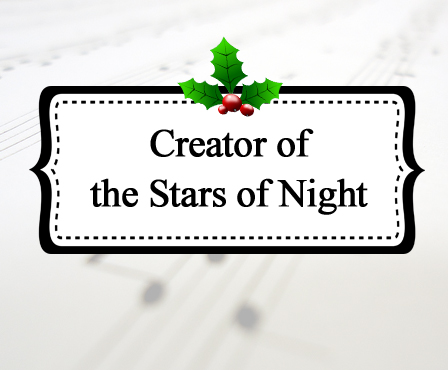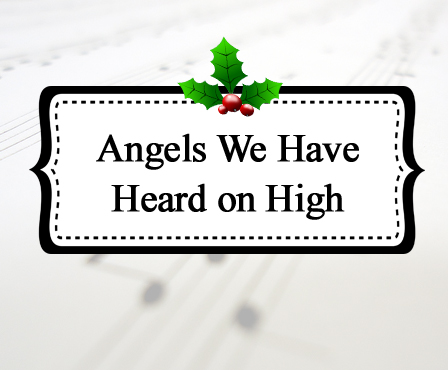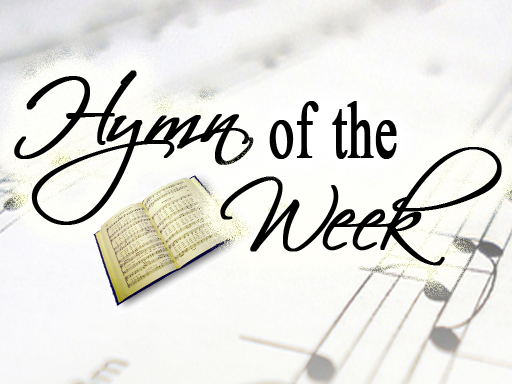Silent Night
This page includes a lyric video, a brief history, sheet music, and other resources for the Christmas carol “Silent Night.” Enjoy!
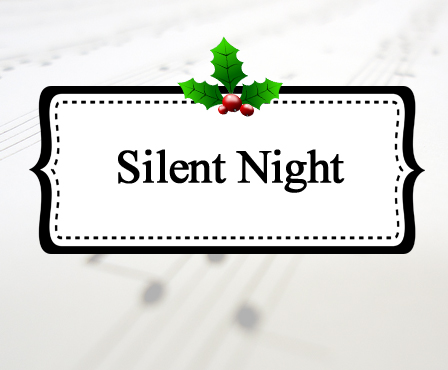
Enjoy this You Tube video with lyrics of “Silent Night”:
History of “Silent Night”:
Joseph Mohr began life in very humble circumstances. He was born in Salzburg, Austria to an unwed mother and a mercenary soldier (who deserted both the army and Mohr’s mother before his birth). Despite the efforts of Mohr’s mother to support her four illegitimate children by working as an embroiderer, their lives were marked by poverty.
Fortunately, a priest by the name of Johann Nepomuk Hiernle recognized young Mohr’s potential for academics and music. Hiernle was able to secure an education for Mohr, as well as opportunities to sing and play the violin at various churches. Hiernle’s efforts must have had a significant impact on Mohr. For when it came time to choose a career, he decided to follow in the footsteps of his mentor and become a priest himself. However, since Mohr was born illegitimately, he had to obtain special permission to attend seminary. Fortunately, approval was granted and Mohr was ordained as a priest in 1815.
Mohr’s first official assignment was to serve as an assistant priest in Mariapfarr (1815-1817). It was during this time, in 1816, that he penned the words to “Silent Night.”Little is known about the circumstances that inspired the poem, but it is interesting to consider the historical context of the time. The Napoleonic Wars (1792-1815) had just come to an end, and in 1816, Bavarian occupation troops began to withdraw from Mariapfarr. Since the tumult of war was no longer raging across Europe, the nights could finally be silent, calm and peaceful. Though this earthly peace may have inspired Mohr’s work, his words reveal that his deepest gratitude was for the “heavenly peace” that came through Christ the Savior.
Mohr’s next assignment was as assistant priest in the village of Oberndorf. During his time there, his reputation as a “priest of the people” began to take shape. The church in Oberndorf, St. Nicholas Church, did not have living quarters for the priests. As a result, Mohr slept in the church caretaker’s house without complaint. Furthermore, the economy of Oberndorf was largely based on the boating industry and the salt trade. The Napoleonic Wars had severely impacted business, and the town was suffering a depression. Since Mohr was raised in poverty, he understood what it meant to struggle. Not only could Mohr relate to the people of Oberndorf in their suffering, he did whatever he could to assist them. He had a generous heart and was eager to deny himself in order to provide for the needs of others.
Church organist Franz Gruber records how on the 24th of December in 1818, Mohr asked him to write a tune to be played on guitar for his “Silent Night” poem. Gruber gives no explanation as to why he was asked to compose a tune in such haste or why Mohr requested it for guitar. Not surprisingly, a variety of romantic stories have been created to fill in the details. The most common tale is that the church organ had suddenly broken (some claim that mice had eaten through the organ wires, others claim that humidity had caused it to rust). Unfortunately, there is no evidence to either confirm or deny these claims. However, it is interesting to note that the song was soon to be carried throughout the immediate region by Carl Mauracher, a man well-known for his skill in building and repairing organs.
The first English translation of the song, “Stilly Night, Holy Night,” was made in 1858 by Emily Elliott in England.Of the many later English translations, John Freeman Young’s (an Episcopal priest) is the most popular. Though the original poem included six verses in German, Freeman created a free translation of just three of them (verses 1, 6 and 2).
For more intriguing history on “Silent Night” (and 19 other classic Christmas songs), you can purchase our Christmas Songs eBook (only $2.99; use code “celebrate20” for 20% off).
You can also download our free, complimentary Sheet Music for “Silent Night.”
For additional resources (like original sheet music), visit Hymns and Carols of Christmas or Net Hymnal.
This page was created by:

Back to main Christmas Songs page or our 25 Days of Christmas Music page.
We welcome your ideas! If you have suggestions on how to improve this page, please contact us.
Information on this page was drawn from our featured Christmas book.
You may freely use this content if you cite the source and/or link back to this page.
